Normal Grey
This is a NOT mutation
A colour mutation is a result of a malfunction or change of an original gene which causes it to act differently and thus change the original colour of what we would expect. The genes that give us any other colour that differs from the normal grey bird are mutant genes. Each separate colour mutation is in fact a result of only one gene that has mutated from the original out of the thousands of genes that are found in any one individual. No-one can give an exact reason why any particular gene changes from its original form and acts differently but it occurs in the wild the same as it does in captivity. Because of the process of natural selection in the wild often these new mutations are never seen. In captivity we have the ability to selectively propagate these individuals that are mutations and thus create larger numbers.
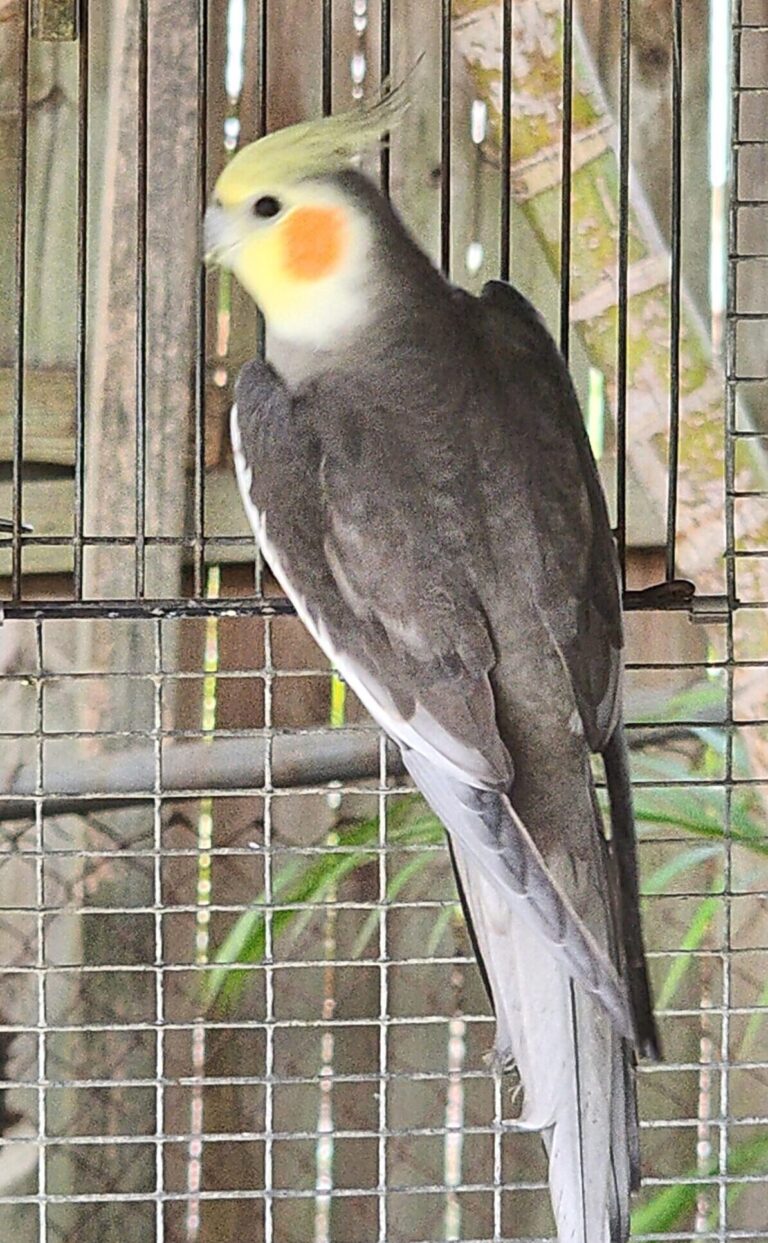
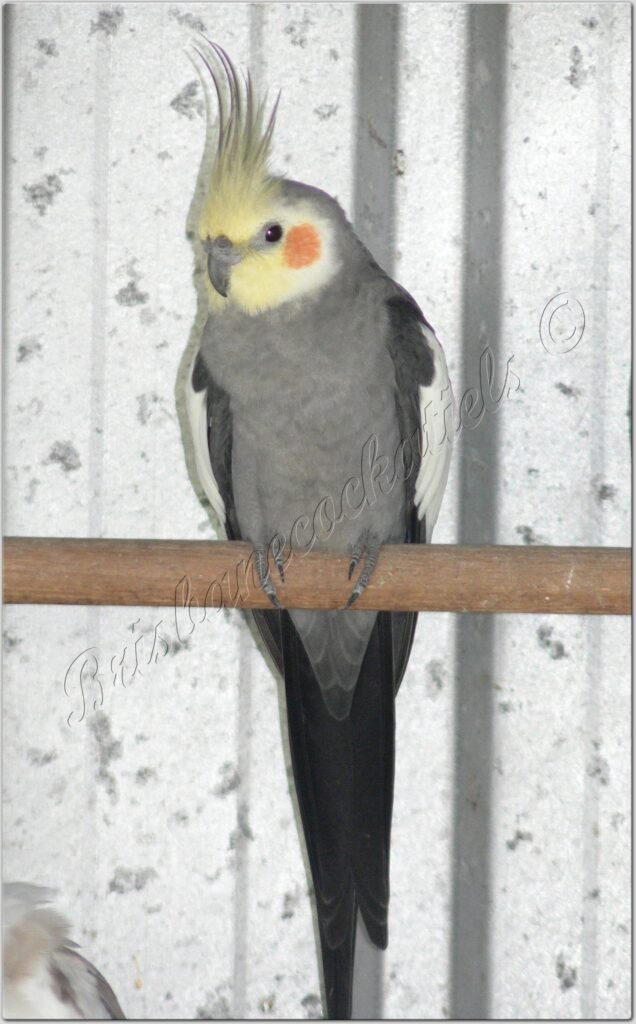
The normal grey cockbird is a dark grey almost black coloured bird with a yellow face and bright orange cheekpatch. His main body feathers are solid coloured dark grey with no signs of spots or stripes or barring.
The normal grey hen bird is the same grey body colour as the cock but lacks the bright yellow face. She still carries the normal cheekpatch but instead of the face being yellow it remains grey with sometimes a slight yellow suffusion of colour. The colour that she is when she first gets her feathers as a chick is basically the colour she will remain. The cheekpatch gets more orange as she ages but by about three months old she will look the same as she will as a mature hen.
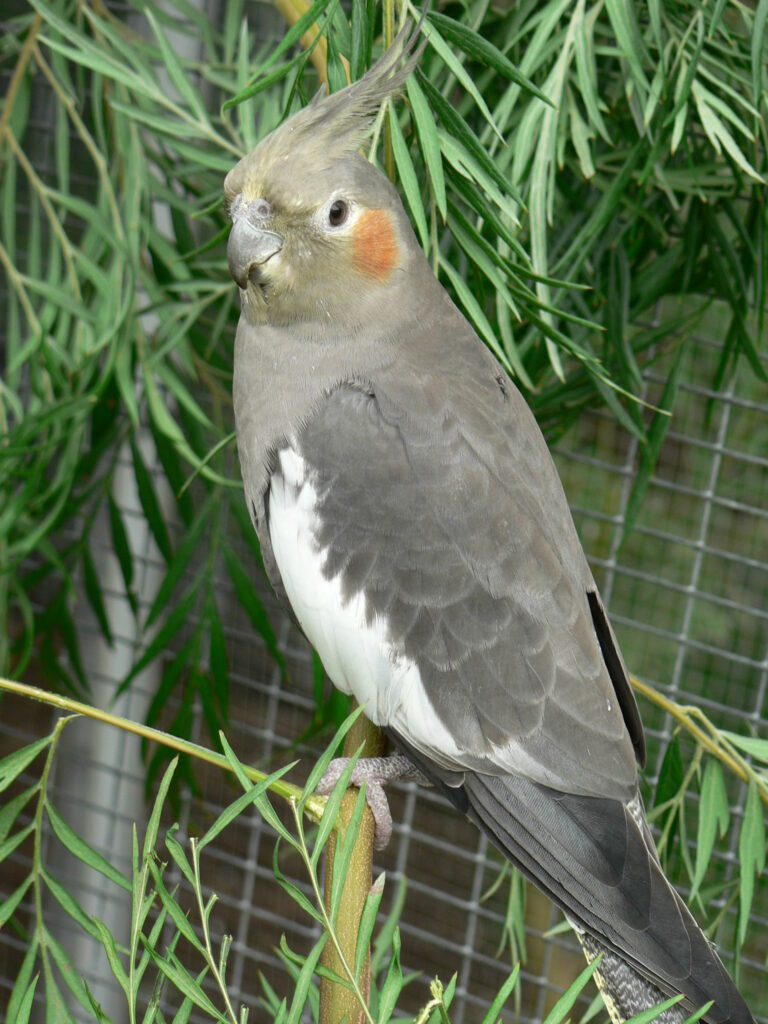
The cock bird however is indistinguishable from the hen at hatching but by six months when he moults he will have become obviously male. The picture to the right is a juvenile photo of the same cock bird shown above. In fact this bird was purchased at three months old as a hen.
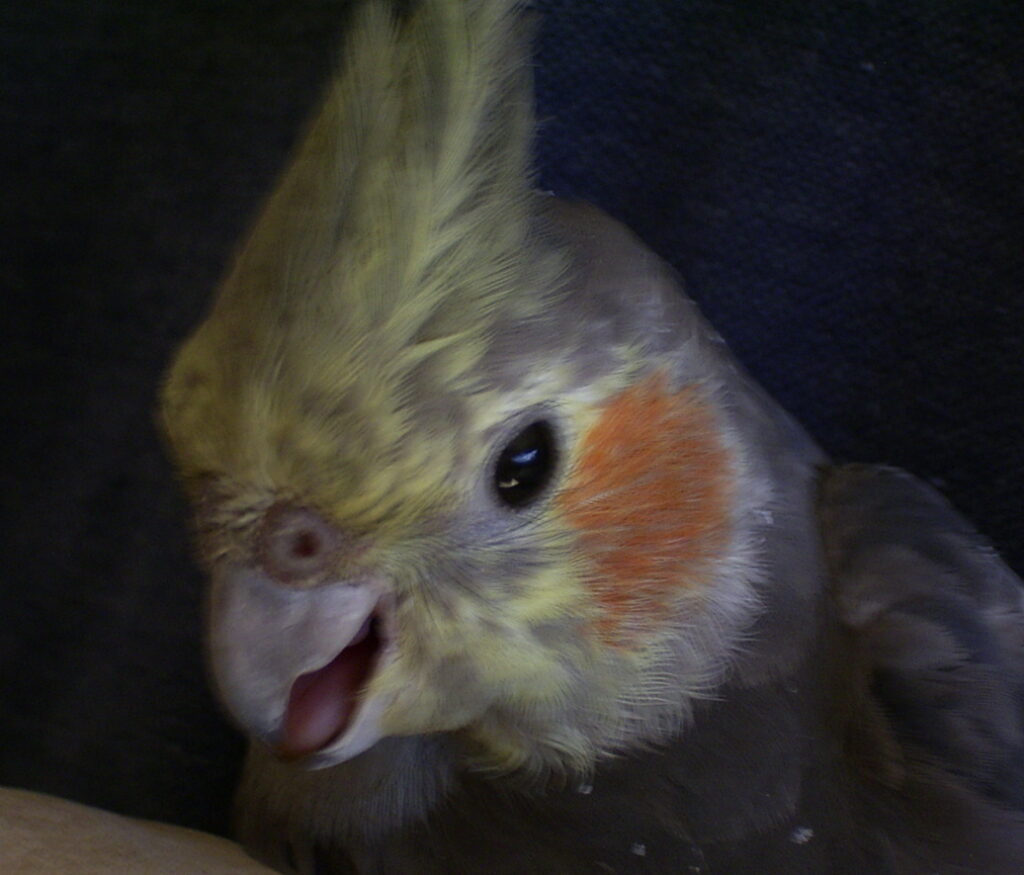
A noticeable difference between the cock and hen bird apart from the yellow face is the absence of tail barring and stripes that appears on the hen. When the male goes through his first moult the new feathers he grows will have no sign of any striping or bars. These traits are retained in the hen and thus the normal grey cockatiel is referred to as Dimorphic. Sexual Dimorphism means that there is a different feather colour or pattern for hens and cockbirds of the same species. The yellow face on the males and the lack of tail-barring are examples of this.
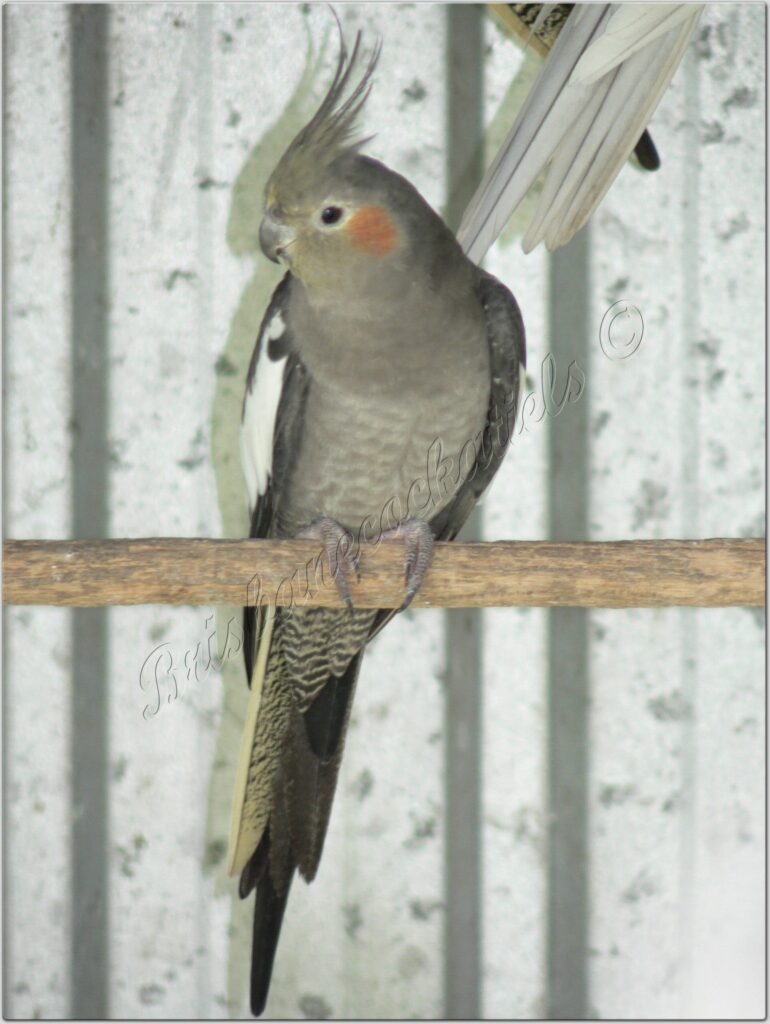
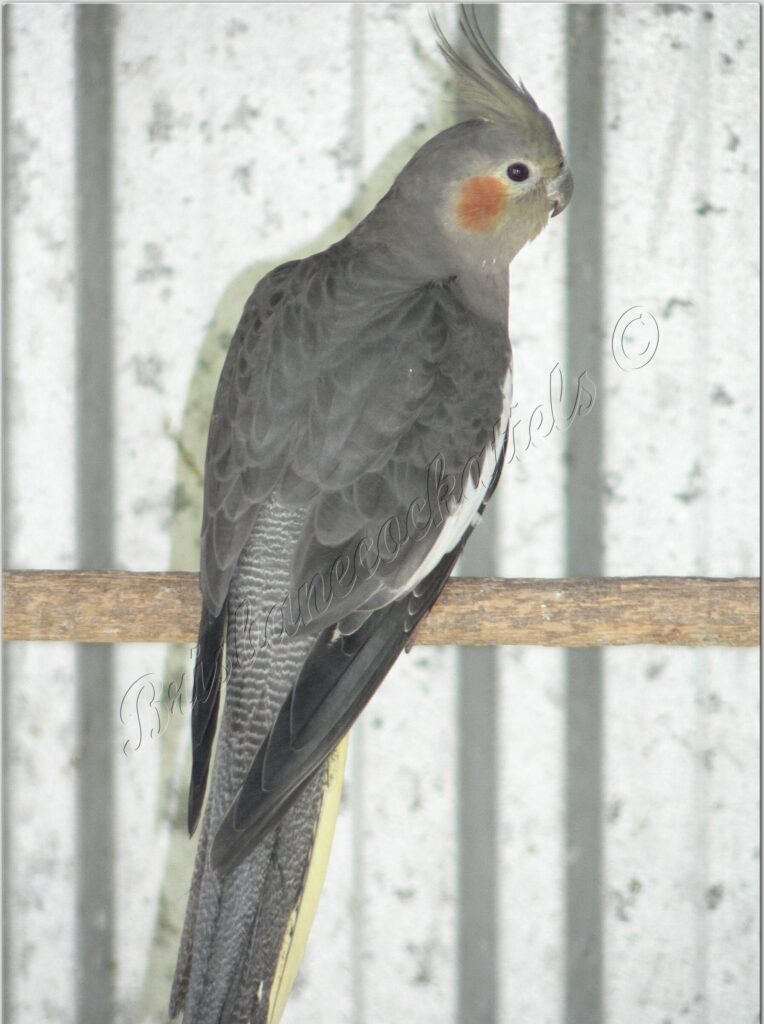
Reach Out To Us
Interested in adding a new feathered family member learning more? Reach out to us by clicking on the button below.